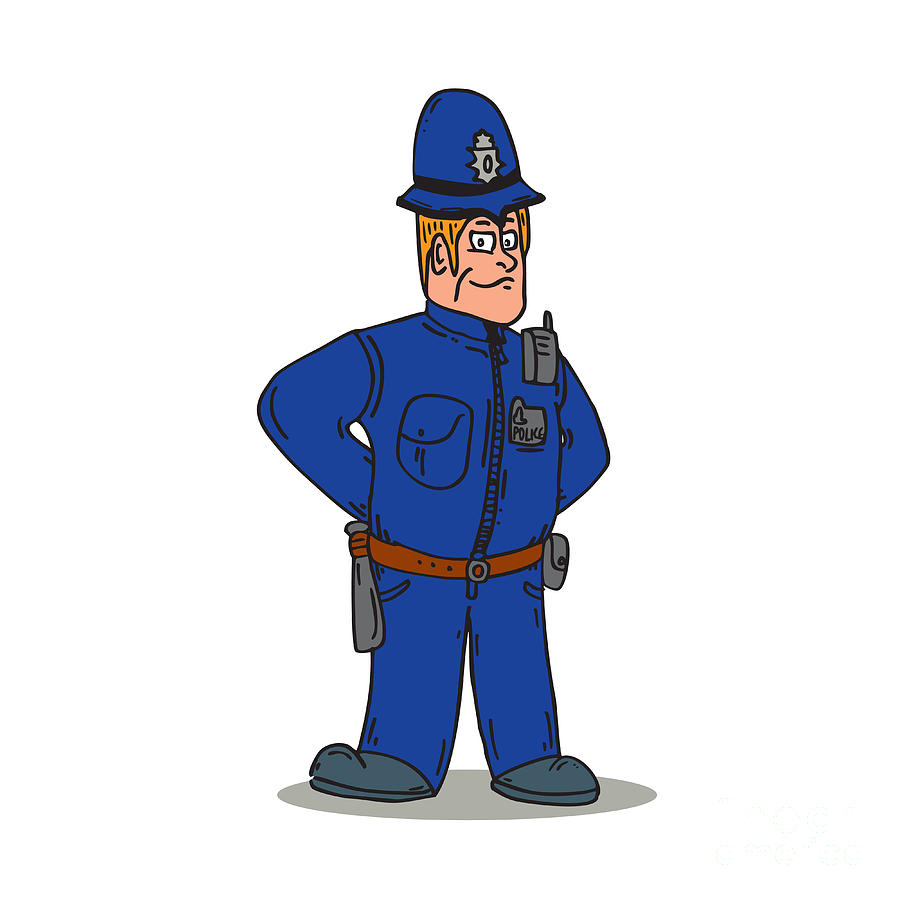

A two-stroke engine’s piston drove this elaborate apparatus of helical biological mimicry.Īcross the 3 volumes, 1416 pages, and nearly 2000 illustrations that made up his magnum opus Design in Nature, Dr James Bell Pettigrew barely mentioned Charles Darwin’s theory of natural selection, which he found “lame, halting, and impotent”. To permit this undulatory motion, Pettigrew had furnished the root of the wing with a ball-and-socket joint to regulate the several movements of the vibratory wing - comprised of bamboo cane from which issued tapering rods of whalebone covered in a thin sheet of India rubber - he employed a cross-system of elastic bands. Instead of driving the wings vertically as in other flying machines modeled on animal flight, Pettigrew’s “ornithopter” emulated the movement that he had discovered to be universal in flying creatures: rhythmic figure-of-eight curves. From anatomical dissection and observations of animals in the wild and at the London Zoo, Pettigrew had come to conceive of all creatures - whether on land, in water, or in the air - as propelling themselves by throwing their bodies into spiraling curves, such that their movements were akin to waves in fluid, or to waves of sound. Over the course of forty years, ever since he began his aeronautical experiments in London in 1864, Pettigrew had constructed dozens of working models of various flying apparatus.

Andrews, Scotland, perched inside a petrol-powered aëroplane of his own design. James Bell Pettigrew sat at the top of a sloping street on the outskirts of St. One halcyon spring day in 1903, the sixty-nine-year-old anatomist and naturalist Dr.


 0 kommentar(er)
0 kommentar(er)
